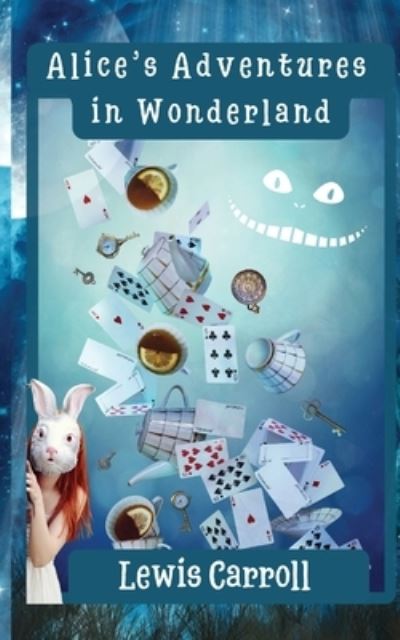Alice's Adventures in Wonderland (Annotated) Synopsis
"Alice's Adventures in Wonderland" by Lewis Carroll is an enchanting masterpiece that invites readers into a realm of unparalleled imagination. The story unfolds as young Alice tumbles down a rabbit hole into a whimsical world where logic defies reason and whimsy reigns supreme. Carroll's narrative is a tapestry of surreal encounters with peculiar characters-such as the grinning Cheshire Cat, the eccentric Mad Hatter, and the authoritarian Queen of Hearts-each embodying a unique blend of charm and absurdity.
As Alice navigates this dreamlike landscape, she grapples with challenges that defy the laws of reality. The narrative is a kaleidoscope of linguistic playfulness, riddles, and perplexing scenarios that challenge both Alice and the reader's perceptions. Carroll seamlessly weaves together elements of fantasy, satire, and whimsical wordplay, creating a story that transcends the boundaries of age and time.
The novel is a celebration of the absurd and a journey into the depths of the subconscious. Carroll's prose is both poetic and precise, inviting readers to explore the boundaries of their own creativity. Themes of identity, curiosity, and the fluidity of reality resonate throughout, making it a timeless and thought-provoking piece of literature.
With its delightful blend of adventure and philosophical inquiry, "Alice's Adventures in Wonderland" captivates readers with its exploration of the extraordinary within the ordinary. Carroll's wit and whimsy, coupled with the charming illustrations, make this tale an enduring classic that continues to inspire and fascinate generations. Immerse yourself in the wonder of Wonderland, where the impossible becomes possible, and the ordinary becomes extraordinary."
